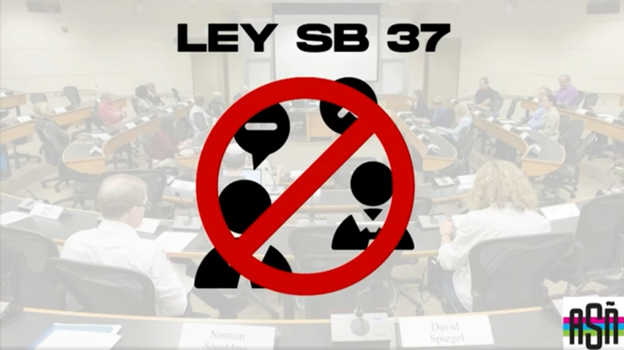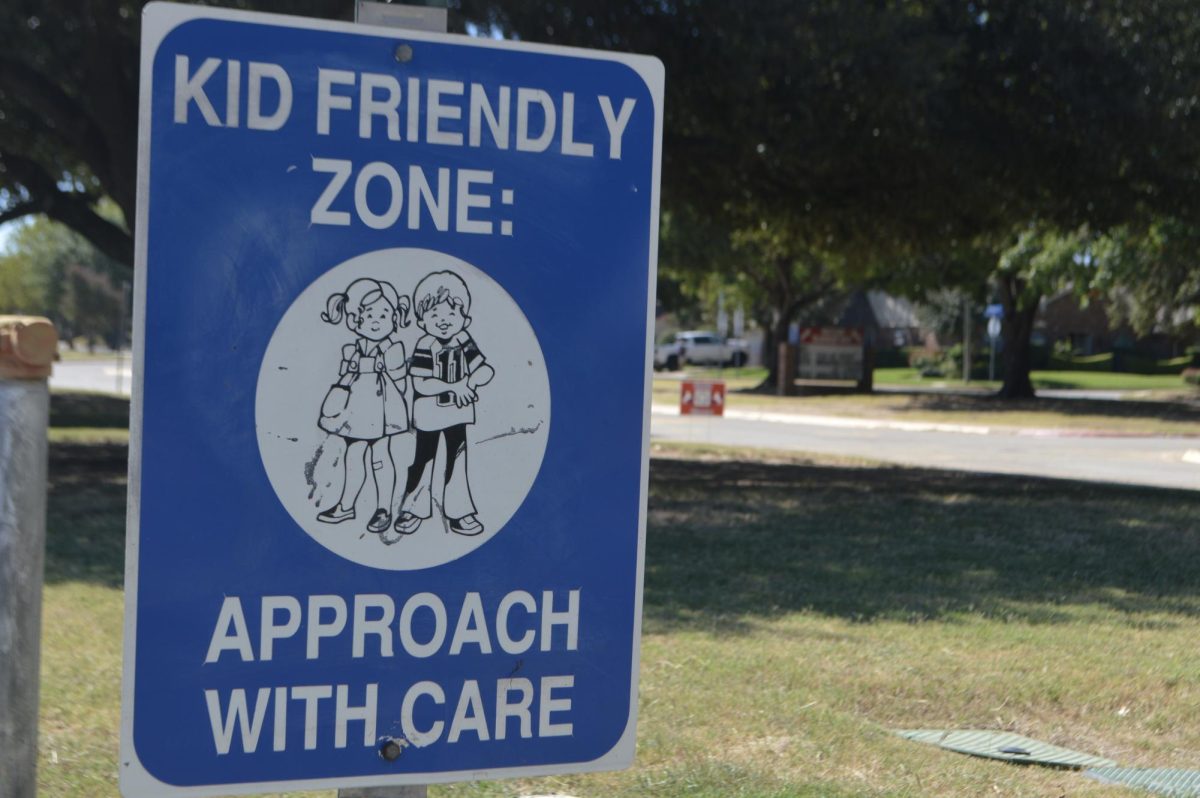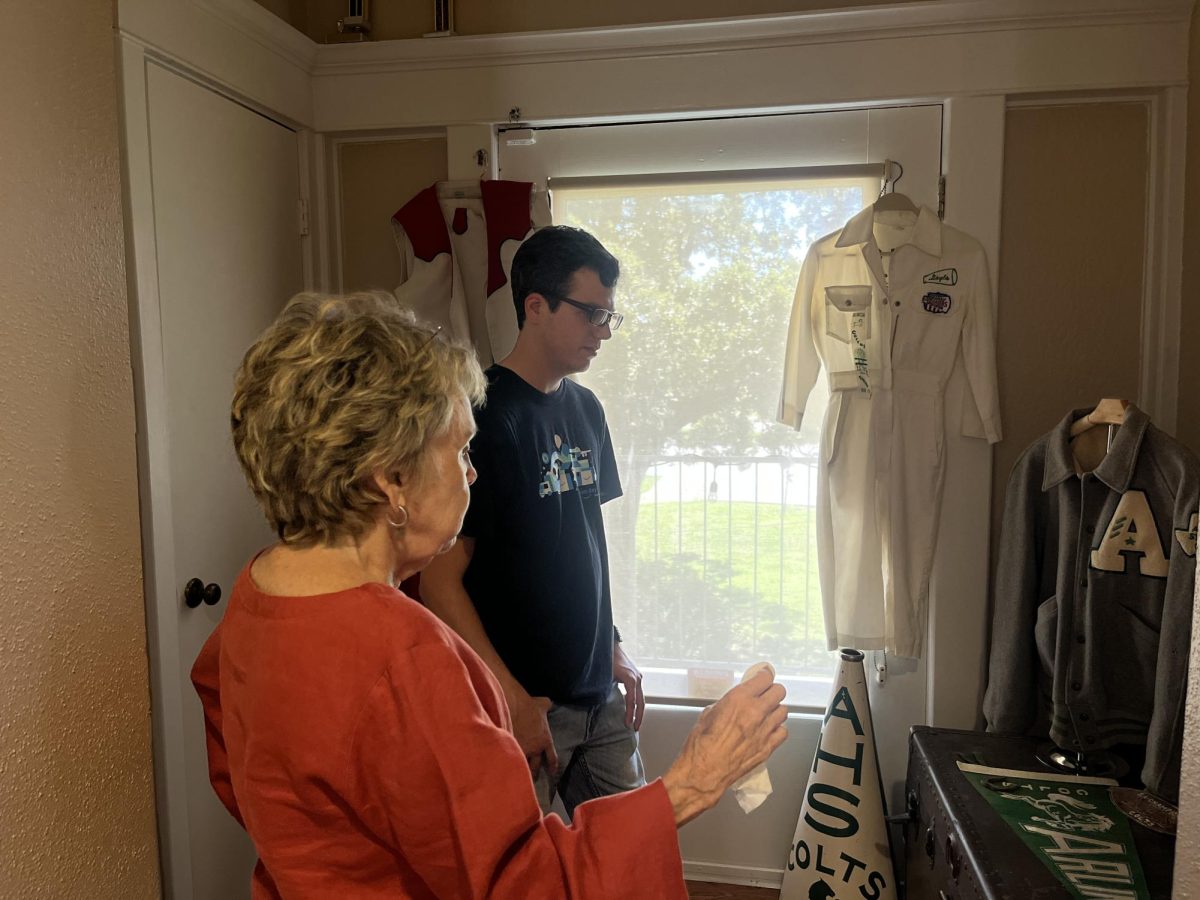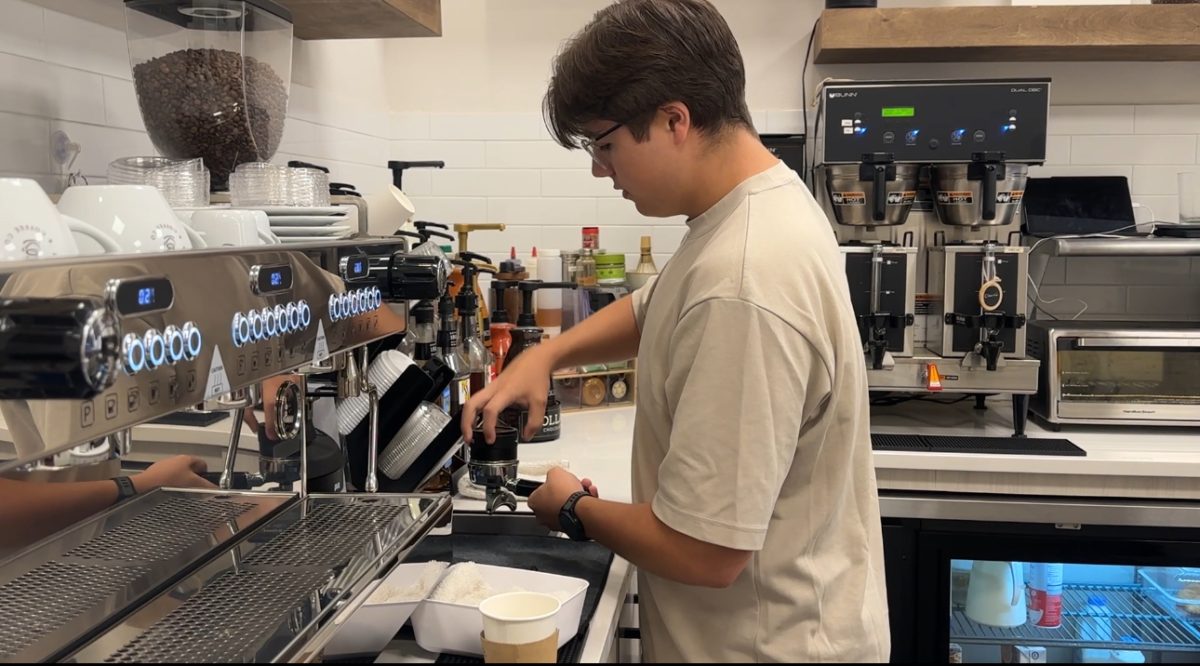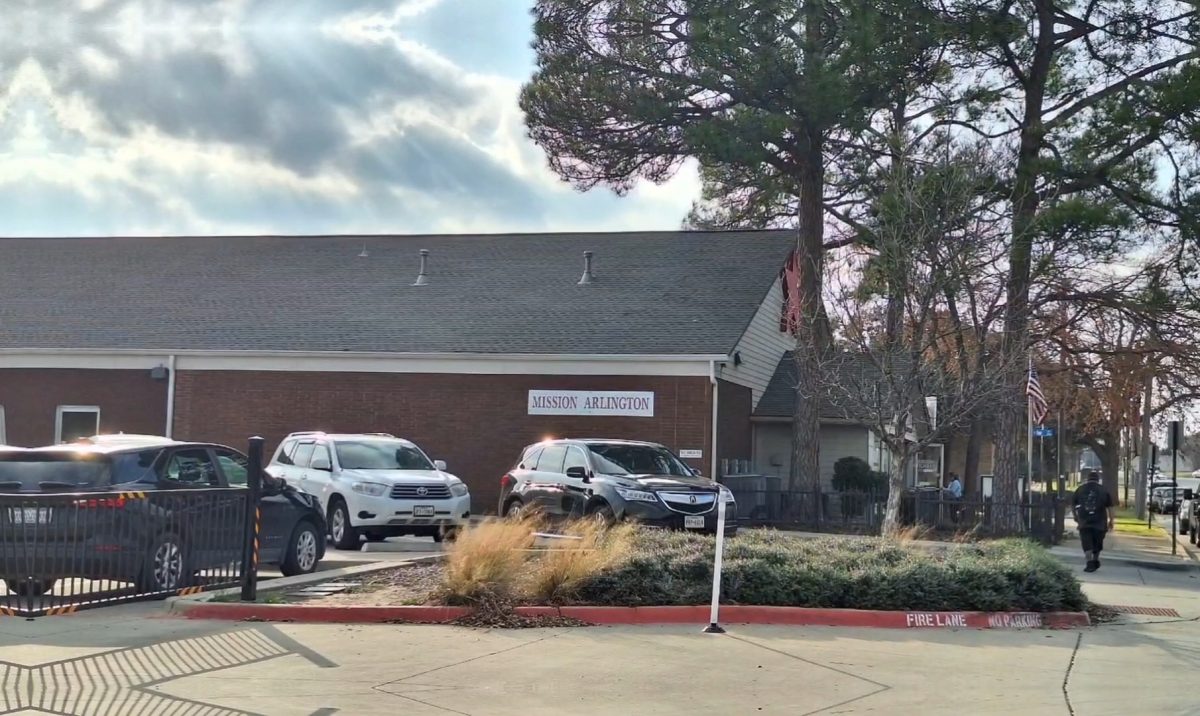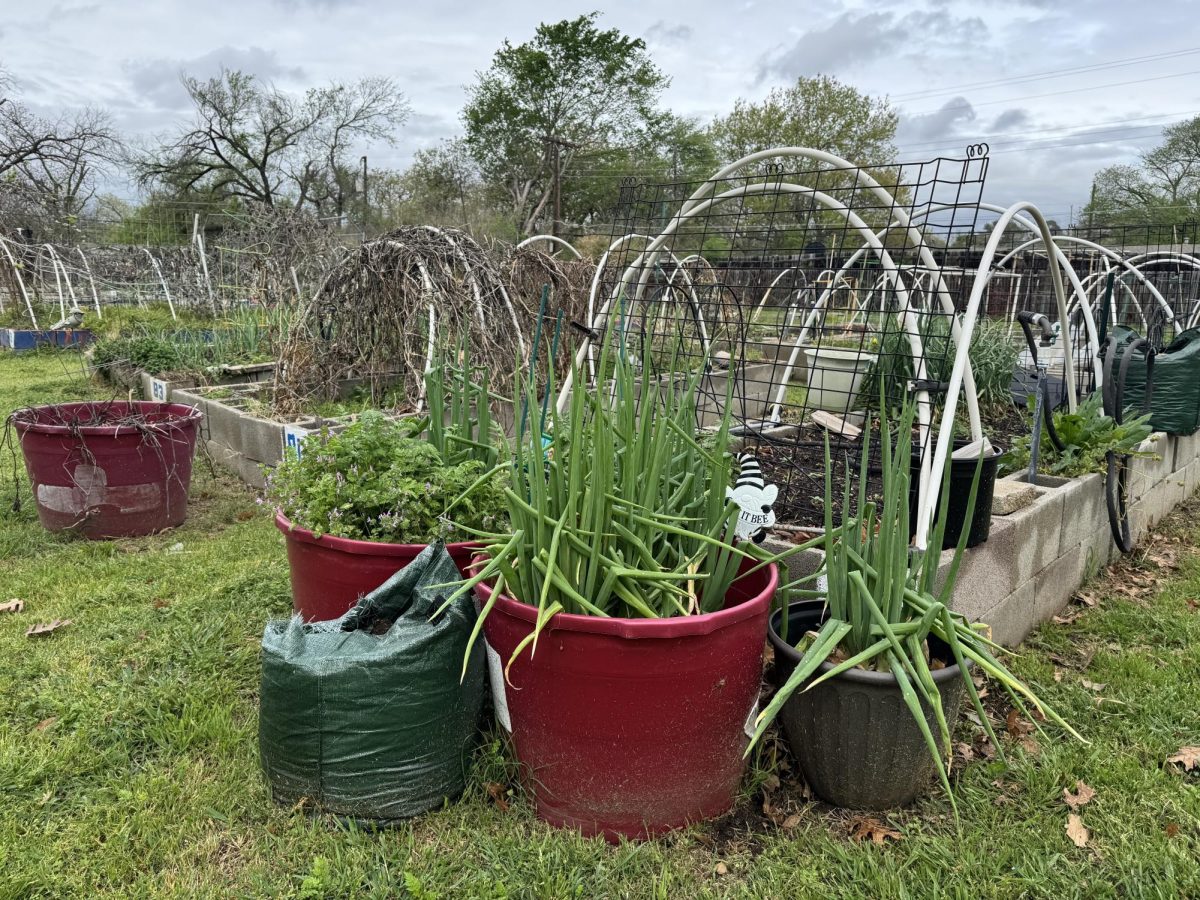ARLINGTON, Texas — After her sister died in 2019, Ursula Williams left her life in Memphis, Tennessee, to look after her five nieces and nephews.
“When I moved here, I was unemployed for about three months,” she said. “Even after I found employment, there just wasn’t enough money to go around to pay bills and feed five kids.”
Williams is one of the 5 million people facing food insecurity in Texas.
Texas’ high food insecurity rate
The disturbing reality is that Texas has become one of the most food-insecure states in the country, with 16.4% of its citizens facing hunger daily.
Williams said she was working and buying groceries, but it wasn’t sufficient to feed all the kids.
Casey McCollum, Arlington Charities program director, identified people like Williams, the working poor, as the population most affected by food insecurity.
Families who have jobs but aren’t making a livable wage struggle to afford the basic necessities like food, housing and healthcare.
Tarrant County’s food insecurity rate of 15.8% was roughly 3% higher than the national average of 13.5% in 2023.
In addition to low-income households, people experiencing homelessness are likely to have a lack of access to sufficient and nutritious food.
Factors in food insecurity
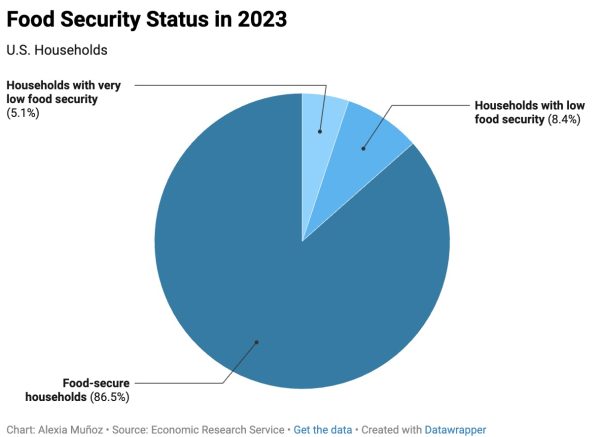
“Inflation and the cost of living have made the price of rent and groceries so high,” McCollum said. “That forces families to make choices with their money, whether that’s to pay the light bill, rent bill, hospital bill or their groceries. It’s a hard choice to make.”
The growing rate of food insecurity has led people to create organizations like Arlington Charities, founded in 1978, whose mission is to help fight hunger and poverty to create hope in the community.
Another major provider is the Tarrant Area Food Bank, which has established 40 partners in the Arlington area that aid in the distribution of 4 million pounds of food each year.
“Hunger is a foundational issue,” Stephen Raeside, Tarrant Area Food Bank’s chief external affairs officer, said. “With the exception of air and water, there’s nothing more important. We see the impact of hunger and food insecurity in many socioeconomic outcomes like education and health.”
Hunger can have several negative effects on someone. According to Feeding America, among many other effects, hunger can impact one’s mental health, concentration and could lead to an increased risk of chronic illnesses.
Typical food bank client is working
Children are especially susceptible to these negative outcomes, and 1 in 5 in the United States face hunger every day and are unsure of where their next meal will come from.
Raeside said the food bank’s representative client is a single mother with multiple children who works several jobs. She’s hardworking and dedicated to her family but is struggling to keep the refrigerator full and food on plates, and she doesn’t have enough support to make ends meet, Raeside said.
The biggest misconception about food insecurity is that it only affects those who are unemployed. But the issue is much more profound.
In 2022, more than 50% of households that experienced a shortage of food had one or more full-time working adults. Food assistance programs in Arlington aim to erase the stigma surrounding food insecurity.
Williams said she felt ashamed to ask for help when she was struggling to keep food on the table but had to put her pride aside and ask for help.
Many people have a false assumption that people who are food insecure are lazy or undeserving of assistance.
In reality, food insecurity is a systemic issue that can affect anyone regardless of age, education, income or employment at any given moment.
“You cannot pass an algebra test on Monday morning if you have not eaten over the weekend,” Raeside said. “If you are old, you cannot stay healthy. If you have a chronic health condition, you cannot thrive and hopefully overcome that condition without proper nutrition.”



